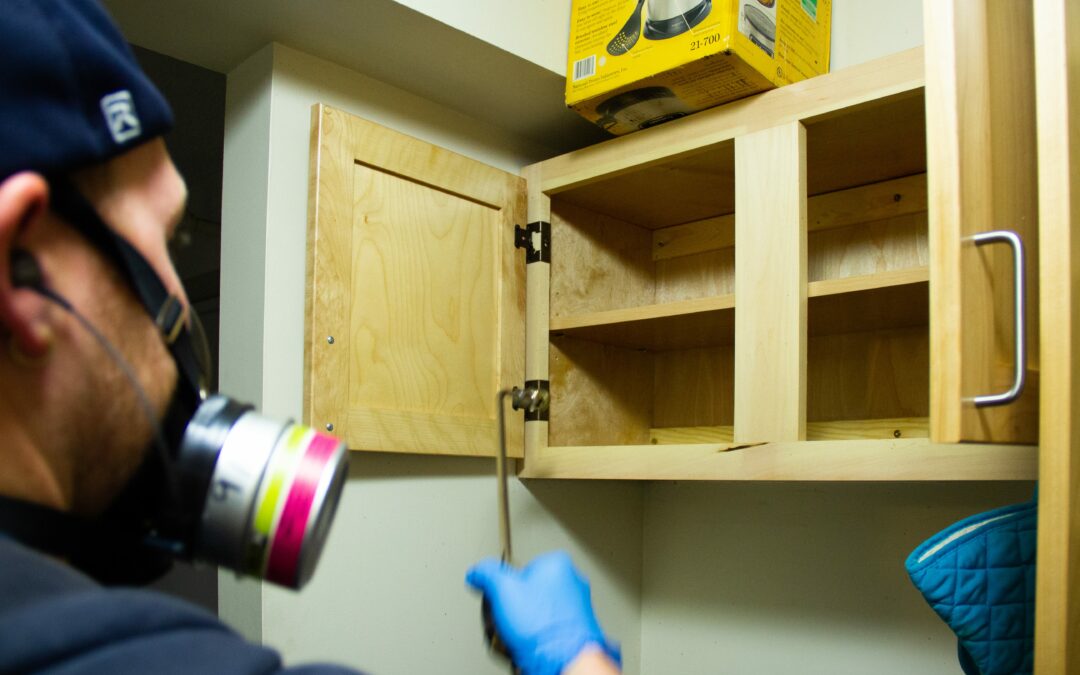Given the environmentally friendly era we live in, both homeowners and pest control professionals aim to prevent arthropod infestations by means of non-chemical methods. For example, rather than haphazardly spraying insecticides within homes, today’s pest control professionals carefully inspect infested homes in order to pinpoint and eliminate the conditions that cause infestations. This preventative approach to pest control is known as integrated pest management (IPM), and it has been adopted with success by the pest control industry in the US and elsewhere.
IPM entails the thorough inspection of infested homes so that the necessary control measures can be taken, and insecticides are only used if all non-chemical control methods are inadequate. As it happens, most pest infestations can be eliminated indefinitely by combining multiple non-chemical control strategies. These strategies include the elimination of all entry points that allow pests into homes, and the elimination of both indoor and outdoor conditions that attract and favor pests. Some non-chemical methods of pest extermination include growth regulators, pheromone traps, high heat treatments, mechanical traps and botanical extracts. However, the popularity of IPM has led to a rise in dubious non-chemical pest control methods that are regularly featured on infomercials and sold in retail stores. Ultrasonic pest repellents are one of the most well known of these questionable pest control products.
Ultrasonic pest repellents are electronic devices that produce sound waves of 1800 Hz or more, which is imperceptible to humans and highly discomforting to arthropod pests, or so it’s claimed. Ultrasonic repellent devices are marketed as being effective for the control of spiders, scorpions and insect pests, and they work by either disrupting the normal acoustic sounds communicated by arthropod pests or by causing tremendous annoyance, confusion and/or fear in arthropod pests. Of the numerous studies that have investigated the efficacy of these devices, none have shown that ultrasonic pest repellents as being adequate for the control of arthropod pests.
One study demonstrated that cockroaches fail to alter their behavior when in the vicinity of an ultrasonic repellent device, and another study showed that mosquitoes seem to be attracted to ultrasonic frequencies. While some studies have shown that insects like crickets initially seem disturbed by high frequency sounds, they later become habituated to ultrasonic frequencies. In response to false advertising claims, the Federal Trade Commission has sent warning letters to more than 60 companies that produce ultrasonic pest repellents. This serves as a pretty good indication that ultrasonic pest repellents may not be worth the money.
Have you ever purchased an electronic pest control device?

